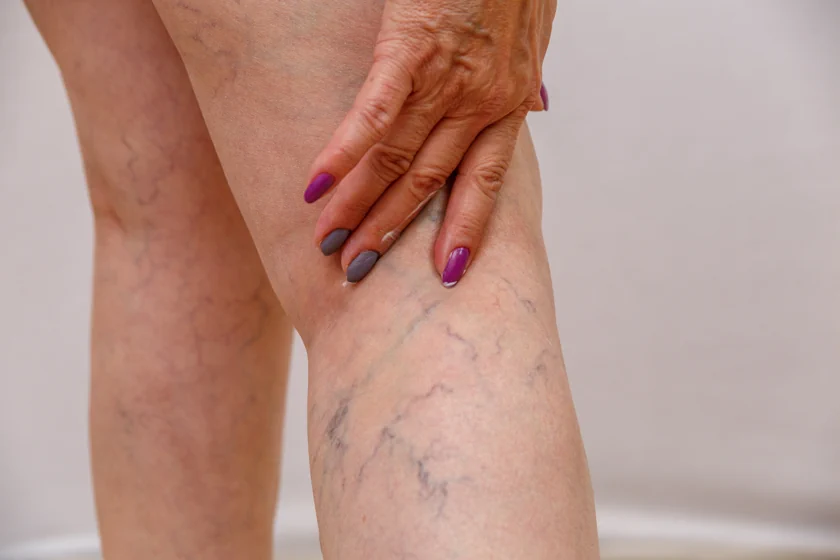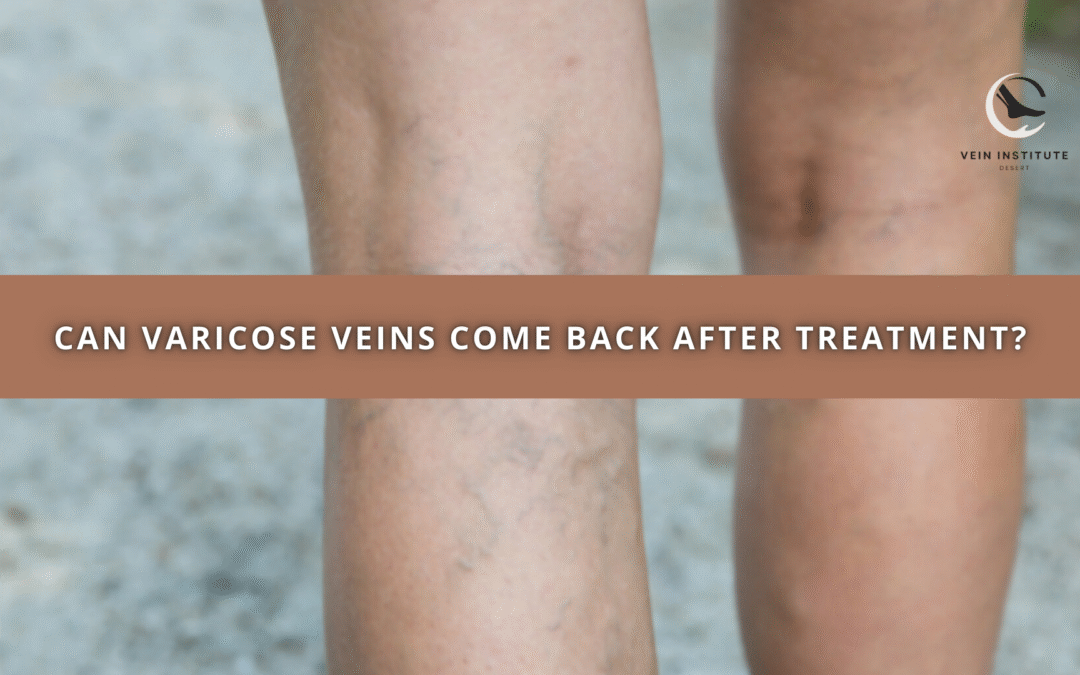Can Varicose Veins Return After Treatment?

One of the most common questions patients have after undergoing varicose vein treatment is whether the veins will come back. The answer is not as straightforward as you might think. While vein treatment can provide long-term relief, there are factors that contribute to the recurrence of varicose veins.
Why Varicose Veins Can Return 🌀

Varicose veins are often caused by weakened valves in the veins, leading to blood pooling in the lower extremities. While treatments like sclerotherapy, ablation, and laser therapy can help close off problematic veins, they do not prevent new veins from developing. Here are some reasons why varicose veins might return:
-
Genetics: Family history plays a significant role in the development of varicose veins. If your parents or grandparents had vein issues, you may be more likely to experience recurrence.
-
Age: As we get older, the valves in our veins naturally weaken, and blood flow may become impaired, leading to new varicose veins.
-
Lifestyle Factors: Prolonged periods of standing or sitting, obesity, and a lack of physical activity can increase the pressure on the veins, making it more likely for veins to reappear.
-
Pregnancy: Women who have had children may experience varicose veins due to hormonal changes and increased pressure on the veins from the growing uterus.
While swollen vein care can address the visible veins, it’s important to manage these risk factors to reduce the likelihood of recurrence.
Treatment Options to Prevent Recurrence 🩺
A vein doctor can provide personalized treatment options to reduce the risk of varicose veins coming back. While the initial treatment focuses on eliminating the existing veins, follow-up care and lifestyle adjustments are equally important in maintaining healthy veins in the future.
-
Compression Stockings: Wearing compression stockings after treatment helps improve circulation and reduces the risk of new varicose veins forming.
-
Exercise and Weight Management: Regular physical activity, particularly low-impact exercises like walking and swimming, can help improve blood flow and reduce pressure on the veins. Maintaining a healthy weight is also essential in preventing strain on the veins.
-
Lifting Your Legs: Elevating your legs regularly can improve circulation and prevent swelling, which helps reduce the chances of varicose veins reappearing.
-
Regular Check-ups: After enlarged vein care, it’s important to schedule regular check-ups with a vein specialist to monitor the health of your veins and address any emerging issues early.
What to Expect After Treatment 🩹
After undergoing vein therapy, most patients experience immediate improvement in the appearance of their veins, as well as a reduction in symptoms like swelling and discomfort. However, the recovery process can vary depending on the treatment used and the individual’s health condition. Here’s what you can expect:
-
Immediately After Treatment: You may experience mild discomfort, bruising, or swelling in the treated areas. These side effects are usually temporary and will subside within a few days.
-
First Few Weeks: Most patients can return to their normal activities within a few days, but it’s important to avoid intense physical exertion during this period.
-
Long-term Results: It can take several weeks to see the full results of your treatment. Over time, the treated veins will fade, and the risk of recurrence will be minimized if you follow the recommended lifestyle changes.
How to Minimize the Risk of Recurrence ⚖️
While treatment can provide significant relief, the key to maintaining healthy veins is prevention. Here are some effective strategies:
-
Adopt a Healthy Lifestyle: Eating a balanced diet rich in fiber and low in sodium can help prevent vein problems. Staying active and avoiding sitting or standing for long periods also supports circulation.
-
Stay Consistent with Compression Therapy: After your treatment, wearing compression stockings as directed by your phlebologist can significantly improve blood flow and reduce the risk of new varicose veins forming.
-
Address Symptoms Early: If you notice signs of varicose veins, such as leg pain, swelling, or visible veins, seek medical advice promptly. Early intervention can prevent more severe issues down the road.
By understanding why bulging veins can return and taking proactive steps to manage your vein health, you can greatly reduce the risk of recurrence. With the right treatment and follow-up care, you can enjoy long-term relief from varicose veins and improve your overall vein health.
Andy Sharify
Position
